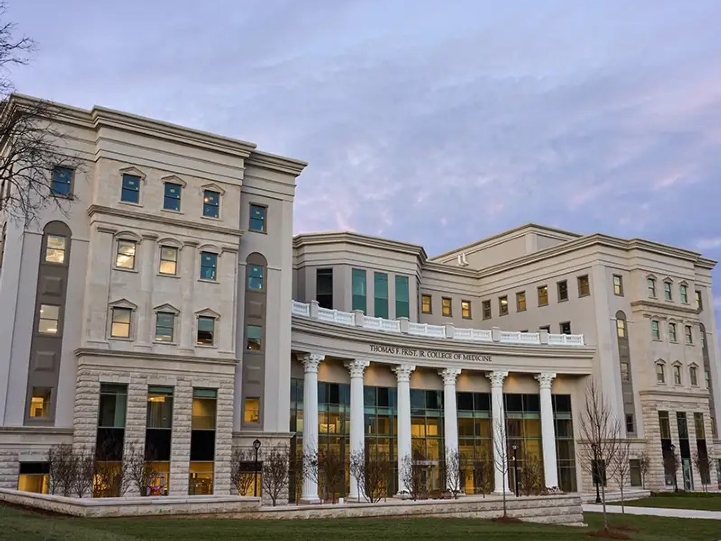
Breaking into Medical Student Affairs
New Professionals and Graduate Students Graduate New Professional
January 28, 2025
While on a tour of our Student Union for a class, my professor compliments my paper on a functional area in student affairs. “It’s perfect. No corrections. I’ve never had a student write about this topic before,” she says. It’s Fall 2021, and I’m a first-year College Student Personnel graduate student in “Introduction to Student Affairs.” I’ve always been drawn to less-traveled paths, so choosing Campus Dining as my research paper topic was easy. We often hear about the same student affairs areas—Residence Life, Academic Advising, Admissions, etc. These areas are vital to student development, and I engaged with many of them as an undergrad, which led me to this field. But from that first paper, I knew I’d pursue a smaller, niche functional area professionally.
As I was navigating the job search in my final semester of graduate school, I narrowed down my offers to two. One offer was to continue my work in community engagement, a position very similar to the one I held in graduate school. I was fully aware of what the work would involve, and I knew I would love to engage students in activism, DEI initiatives, and volunteer work. The other role was at a health professional school I came across by chance. I was location-bound and had never thought there would be any relevant jobs for me at a health professions school. As a graduate student, I had only been exposed to the most common institutional types: public, private, 4-year, 2-year, flagship universities, Ivy League institutions, and HBCUs. Frankly, I did not think I had the skills to work in an academically intensive environment, and I was nervous about adjusting to the new culture.
Now, after two years in medical student affairs, I realize my graduate program gave me all the skills I needed. I only wish I had learned more about applying student development theory to medical students, the organizational structure of medical colleges, and how to develop my professional identity in such a unique functional area. There are so many reasons to love working in medical student affairs (or any other professional program), and it’s never too early—or too late—to join the field.
Here are 5 things you should know if you want to join medical student affairs:
Medical students need holistic support too.
- While medical students are often perceived as independent, driven, and resilient, they still require emotional, social, and mental support. Unlike undergraduates who are still exploring and developing their identities, medical students are in a highly specialized and rigorous program, which can lead to stress, burnout, and mental health challenges. Providing holistic support—mental health resources, wellness initiatives, and academic support services—becomes crucial in helping them navigate this challenging period. As we have a seat at the table, it’s our responsibility to share our unique perspective and cultivate a trusting and supportive environment throughout the college. We are constantly reminding our students (and colleagues) that it’s okay and normal to ask for help.
Bring on your creativity!
- Medical student affairs is always evolving. While each institution varies, my experience with undergraduates has been highly relevant. What may have seemed like a typical concept for undergraduates can be modern and innovative in medical student affairs. You can make a significant contribution, no matter your background!
Recognize the collaboration between faculty affairs and student affairs.
- Many institutions strive to develop collaborative efforts between faculty and Student Affairs professionals. In medical student affairs, collaboration between faculty and student affairs professionals is especially important. Faculty are often deeply involved in the students' academic progression and assessments. Establishing trust and open communication with faculty can ensure that student affairs programs complement and support students' academic goals. You'll need to build strong relationships with faculty members to advocate for the students and create a unified approach to student success.
Medical schools have a different culture.
- Medical schools have a more formal environment than undergrad institutions. Expectations on students and staff vary, and this shows in dress codes, language, and work-life balance. Understanding this culture is essential for effective student affairs work.
You can continue to be involved in “traditional” student affairs.
- My biggest fear when moving into medical student affairs was the perception that I would be “missing out” or putting myself behind if I ever decided to return to undergraduate student affairs. However, by maintaining close relationships with my mentors from undergraduate student affairs, staying involved through NASPA, and keeping up with the latest news and trends in the field, I’ve been able to overcome that fear. The truth is, you can have the best of both worlds!